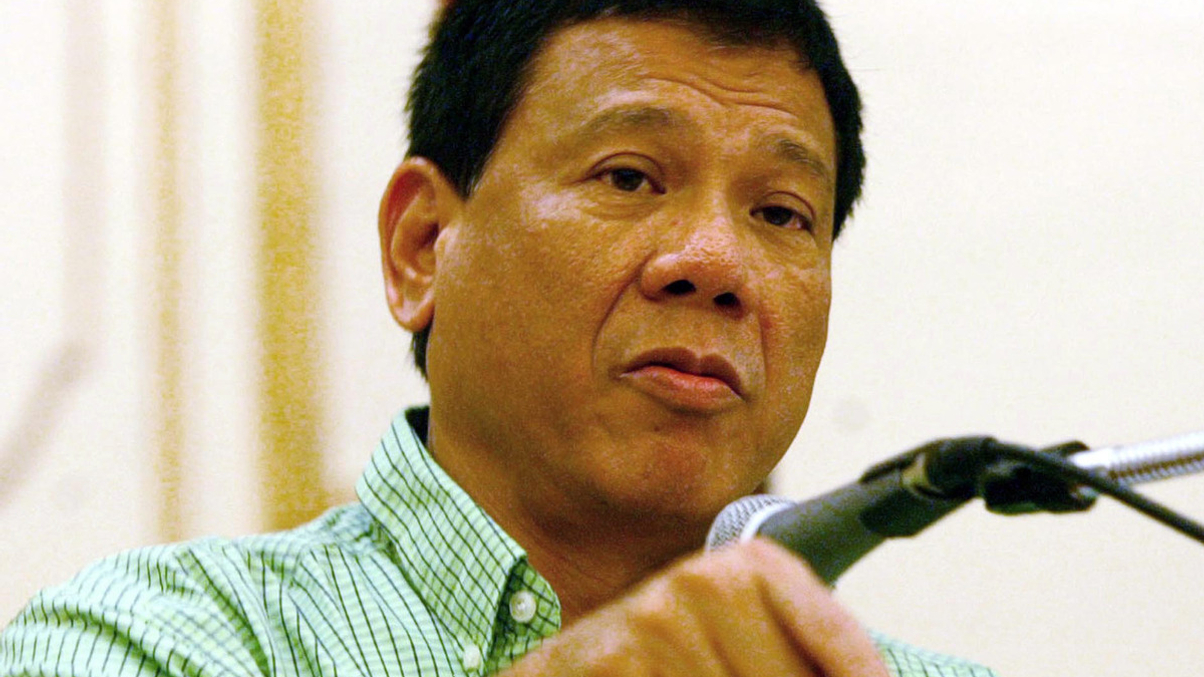Will Duterte improve the Philippine funds industry?
Asset managers are hoping to see changes under new president Rodrigo Duterte that will boost take-up of investment products. But this does not look to be an immediate government priority.

The Philippine investment funds industry is lagging that of other Southeast Asian markets, with a low product penetration rate, limited range of funds and product structures not aligned with global standards. Can it expect dramatic improvements now that a new government has been elected?
Sign In to Your Account
Access Exclusive AsianInvestor Content!
Please sign in to your subscription to unlock full access to our premium AI resources.
Free Registration & 7-Day Trial
Register now to enjoy a 7-day free trial—no registration fees required. Click the link to get started.
Note: This free trial is a one-time offer.
¬ Haymarket Media Limited. All rights reserved.


